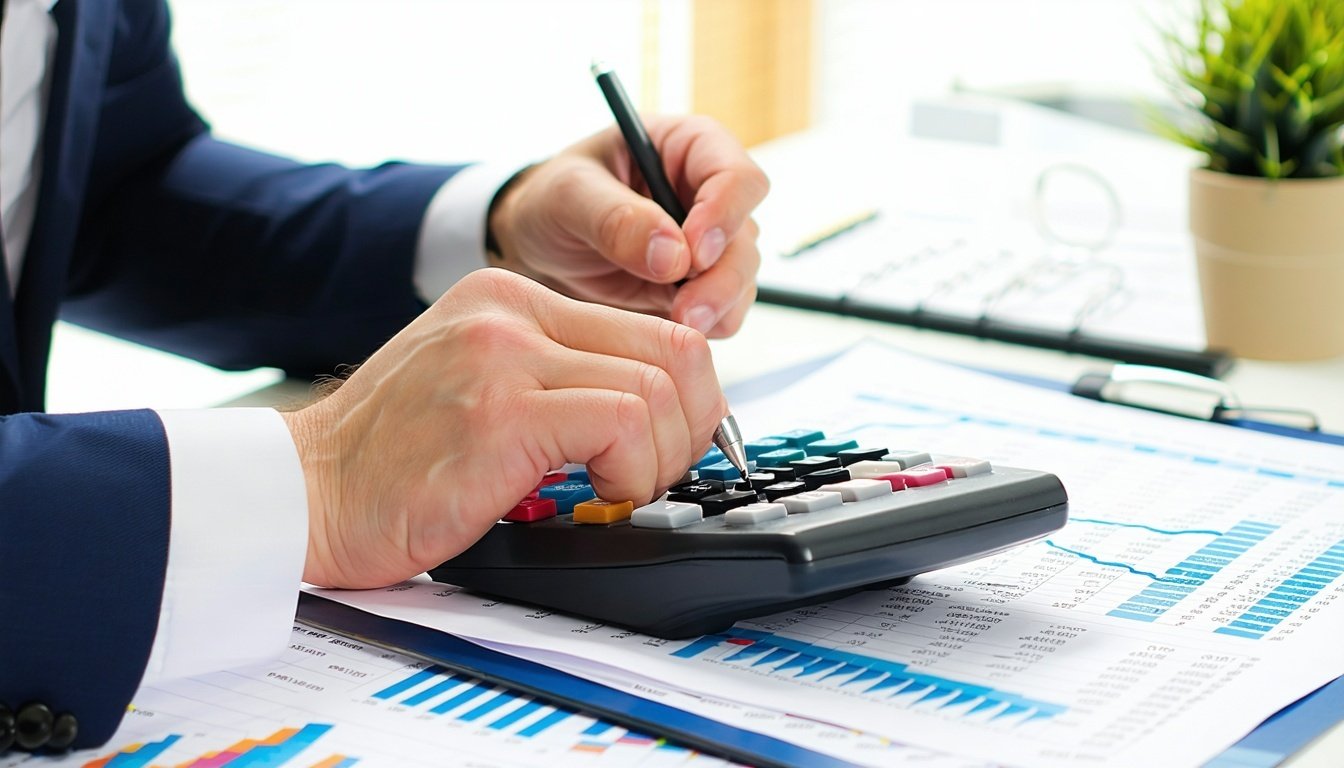How to Budget for Equipment Leasing Effectively
Leasing equipment gives your business access to essential tools without heavy upfront costs—but it still requires careful financial planning. A clear equipment leasing budget helps you control expenses, avoid surprises, and ensure your lease supports your growth, not strains your cash flow.
✅ Featured Snippet Answer:
How do you budget for equipment leasing effectively?
Estimate total costs, include monthly payments, fees, taxes, and maintenance. Align the lease with cash flow and business goals.
Why Budgeting Matters for Equipment Leasing
Without a proper lease budget, you risk:
-
Overcommitting financially
-
Missing hidden costs
-
Disrupting cash flow
-
Undermining ROI on your equipment investment
A well-planned lease budget gives you control, flexibility, and peace of mind.
1. Know the Total Cost of the Lease
Don’t just look at the monthly payment. Include:
-
Down payment (if any)
-
Monthly payments over the lease term
-
Fees (documentation, origination, late fees)
-
End-of-term costs (buyout, return fees, upgrades)
-
Taxes and insurance
-
Maintenance or service charges (if applicable)
Related: Hidden Fees in Equipment Leasing: What to Look Out For
2. Align Payments with Your Cash Flow
Make sure lease payments match your income cycles. For seasonal or project-based businesses, consider:
-
Step payment leases (low payments that increase later)
-
Seasonal leases (adjusted for peak/off-peak revenue periods)
-
Deferred payment options (start paying after 60–90 days)
Tip: If you’re unsure of future revenue, avoid long-term commitments.
3. Understand Your Lease Type
The lease structure affects both your budget and your taxes:
| Lease Type | Budget Impact |
|---|---|
| Operating Lease | Fully deductible monthly expense |
| Capital Lease | May include buyout; higher monthly cost |
4. Plan for Maintenance and Repairs
Some leases include maintenance. If not, estimate service costs and budget accordingly:
-
Routine upkeep
-
Emergency repairs
-
Replacement parts
-
Downtime costs if equipment fails
Ask your lessor: Who is responsible for repairs, and what’s covered?
5. Budget for the End of the Lease
Prepare for options like:
-
Buying the equipment (via $1 buyout, FMV, or 10% clause)
-
Returning it (possible restocking or shipping fees)
-
Upgrading to a newer model
Budget 10–20% of equipment value for a potential buyout if you plan to own.
6. Use a Lease Budget Template
Create or download a spreadsheet that includes:
✅ Equipment type and cost
✅ Lease duration and monthly payments
✅ All associated fees and taxes
✅ Estimated total cost
✅ Notes on service, upgrades, or buyouts
Sample Monthly Lease Budget Breakdown
| Category | Monthly Amount |
|---|---|
| Lease Payment | $850 |
| Insurance | $60 |
| Maintenance Fund | $40 |
| Taxes & Fees | $35 |
| Total Monthly | $985 |
Final Thoughts: A Lease Is a Financial Tool—Use It Wisely
Leasing can accelerate growth, but only if your budget supports it. Knowing how to budget for equipment leasing ensures your business gains the tools it needs—without risking its financial health.
Take Action: Build Your Lease Budget Now
Ready to lease equipment?
Use these tips to create a clear, complete leasing budget and get the right equipment without surprises.
Need help structuring a smart lease? Talk to a leasing advisor today.











